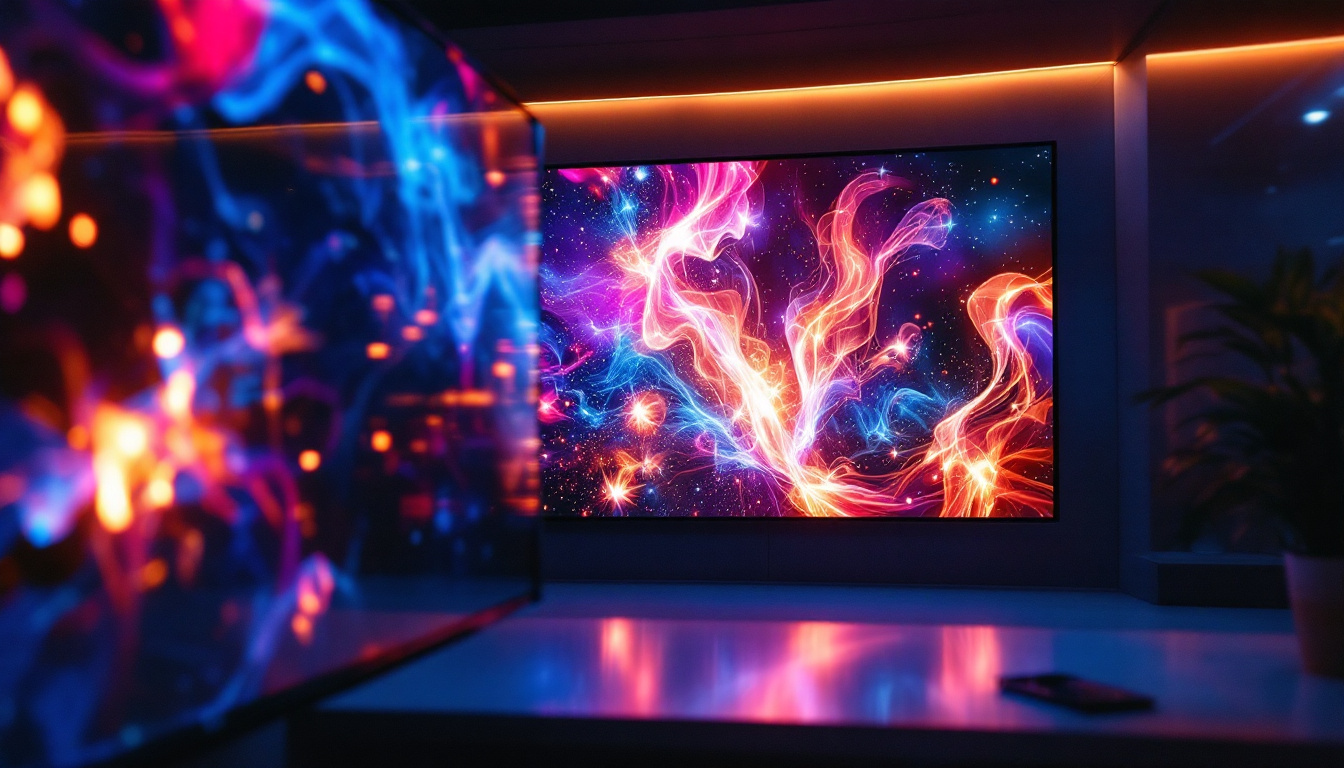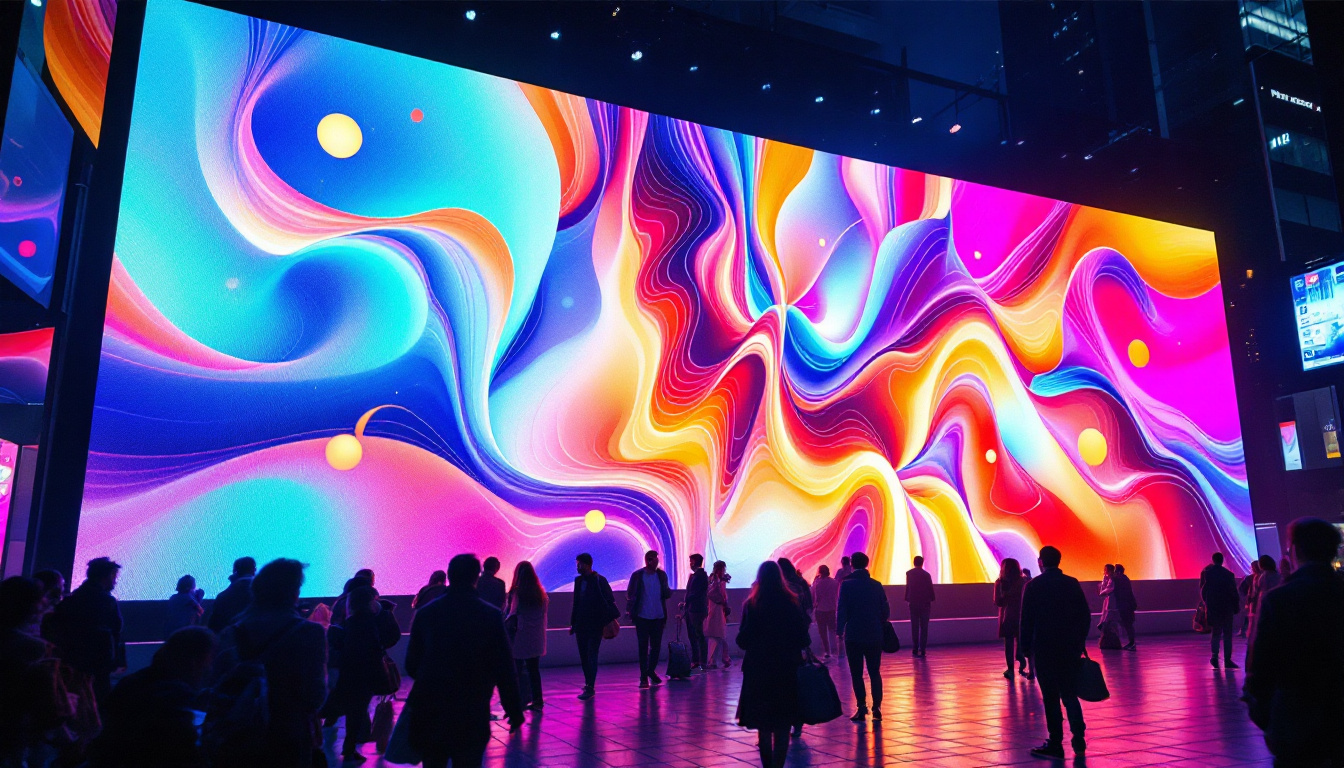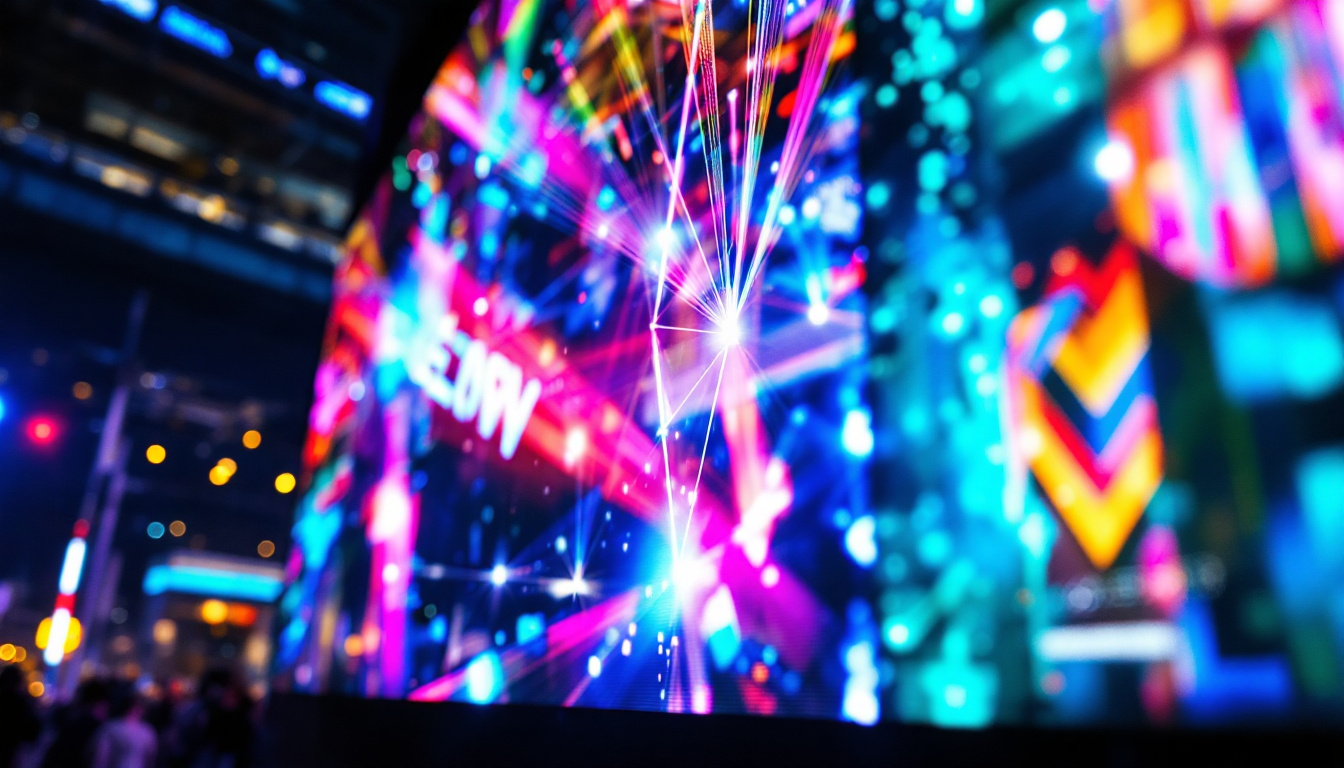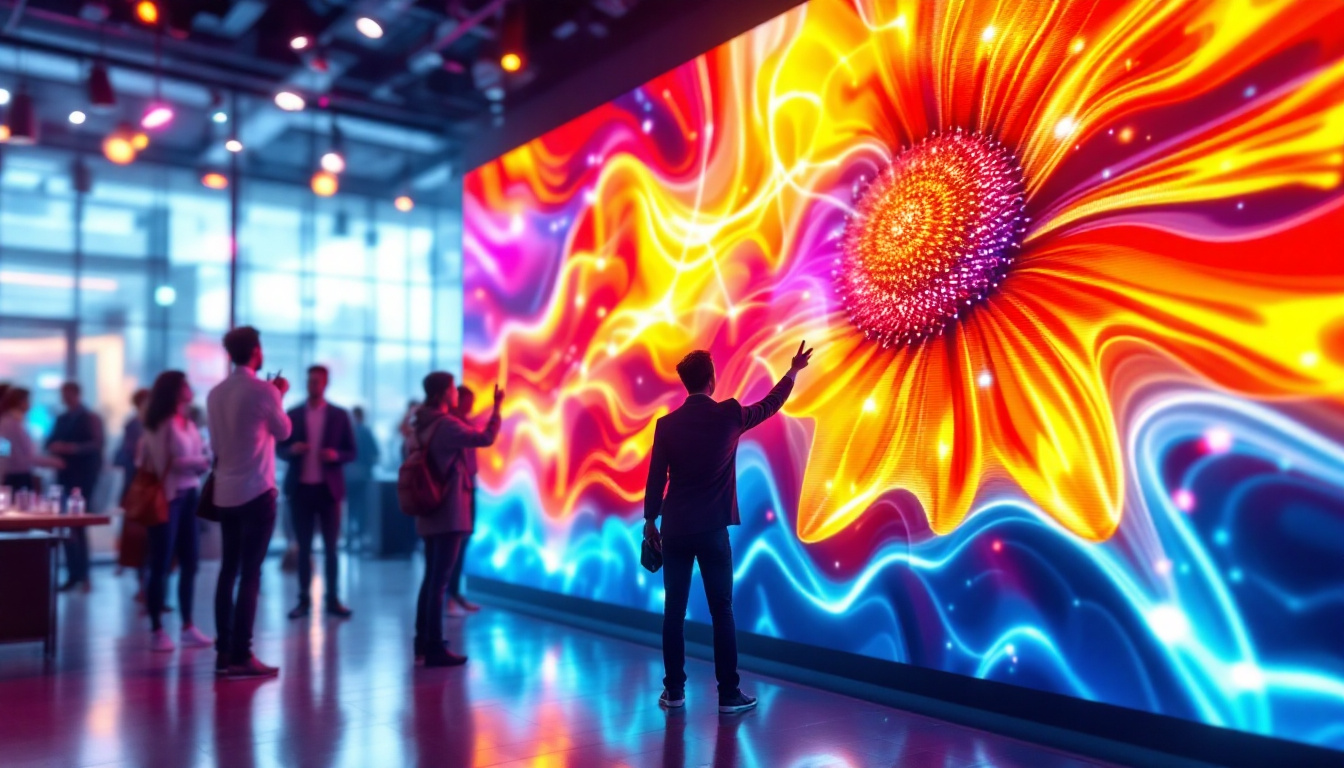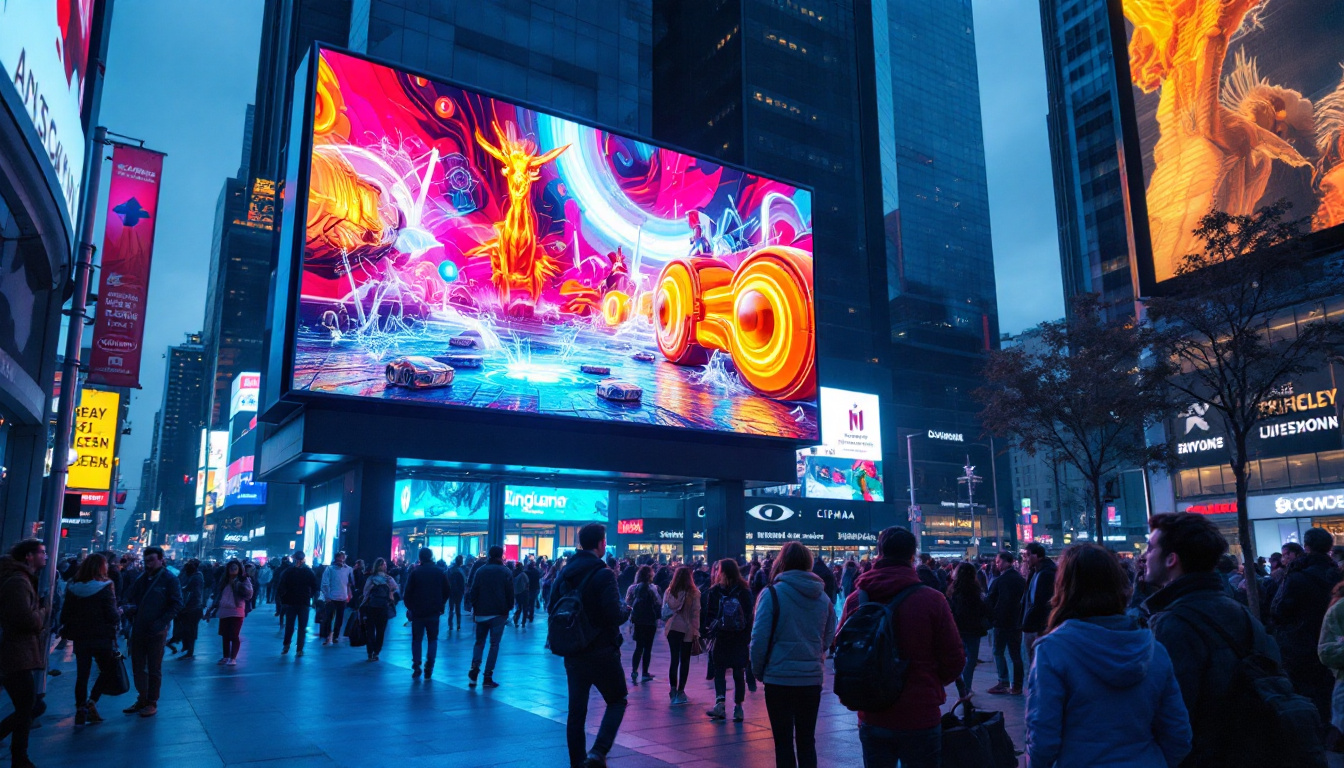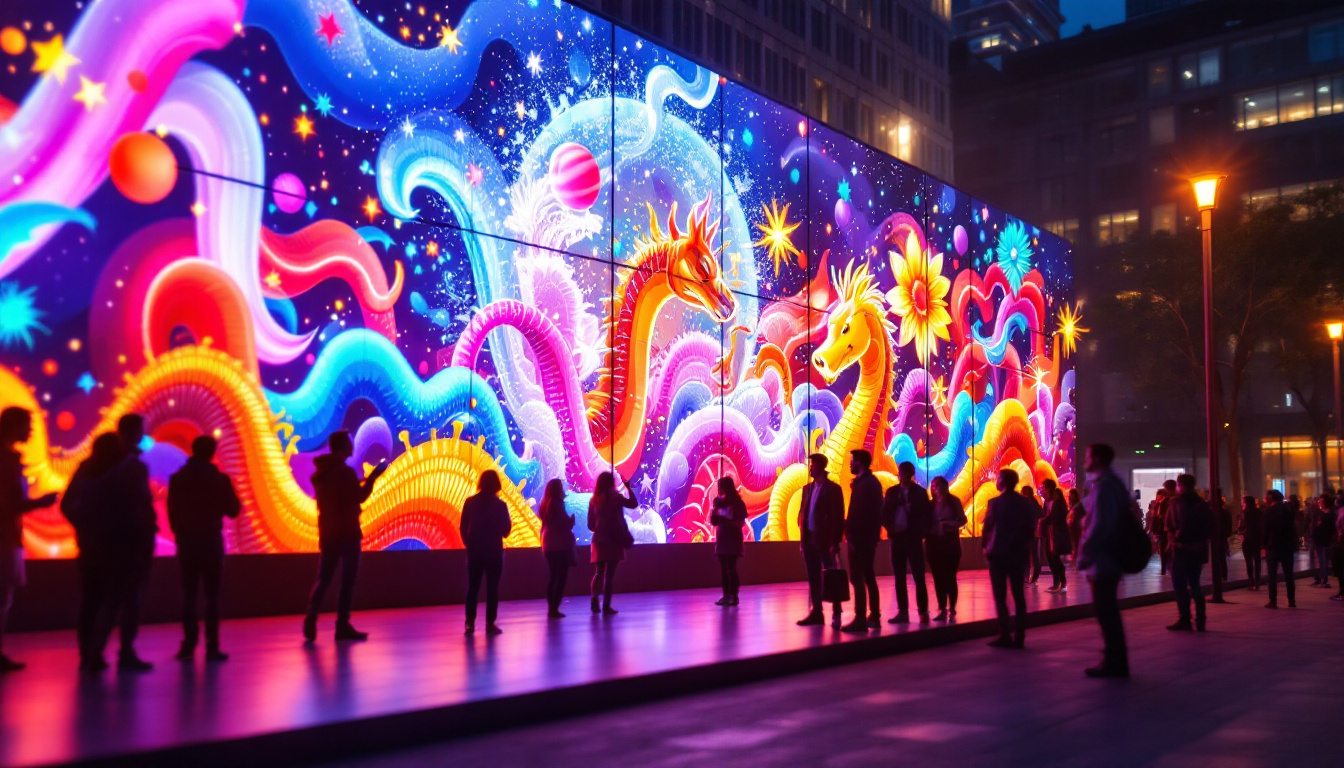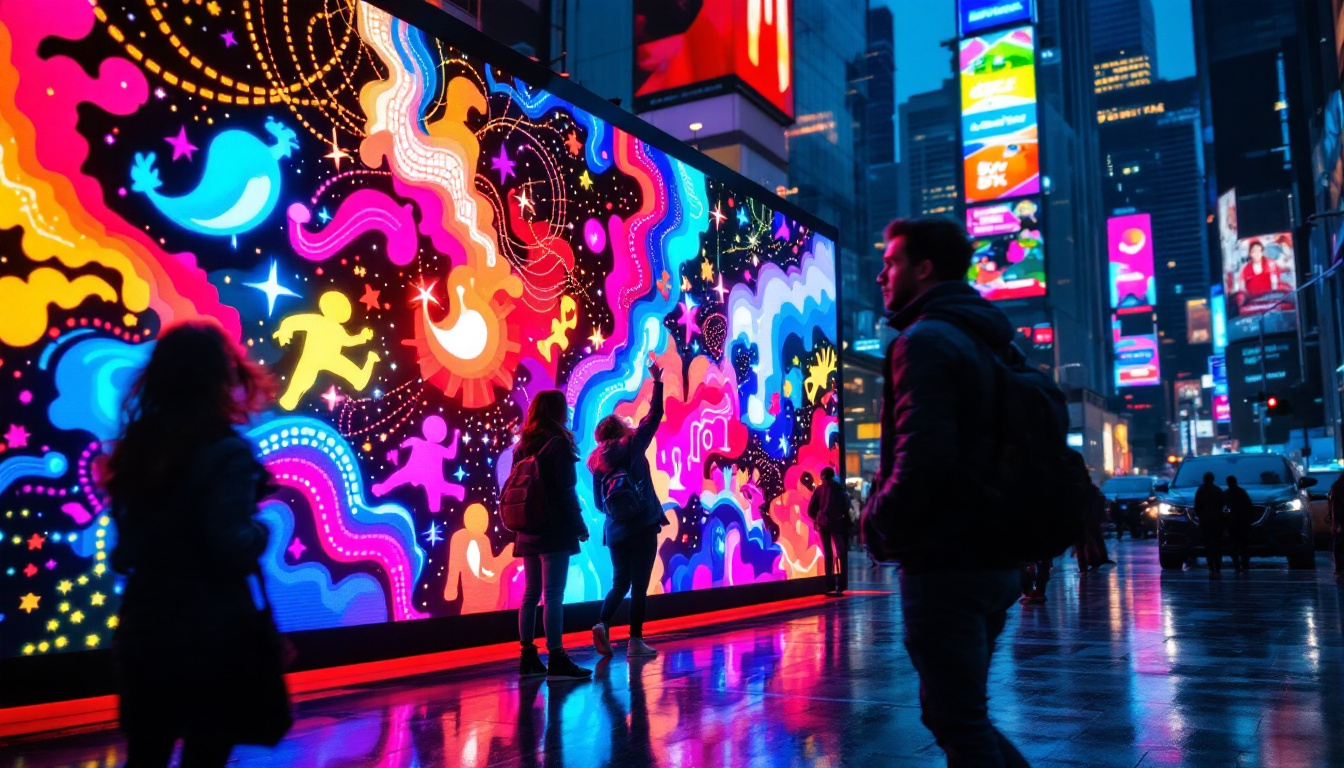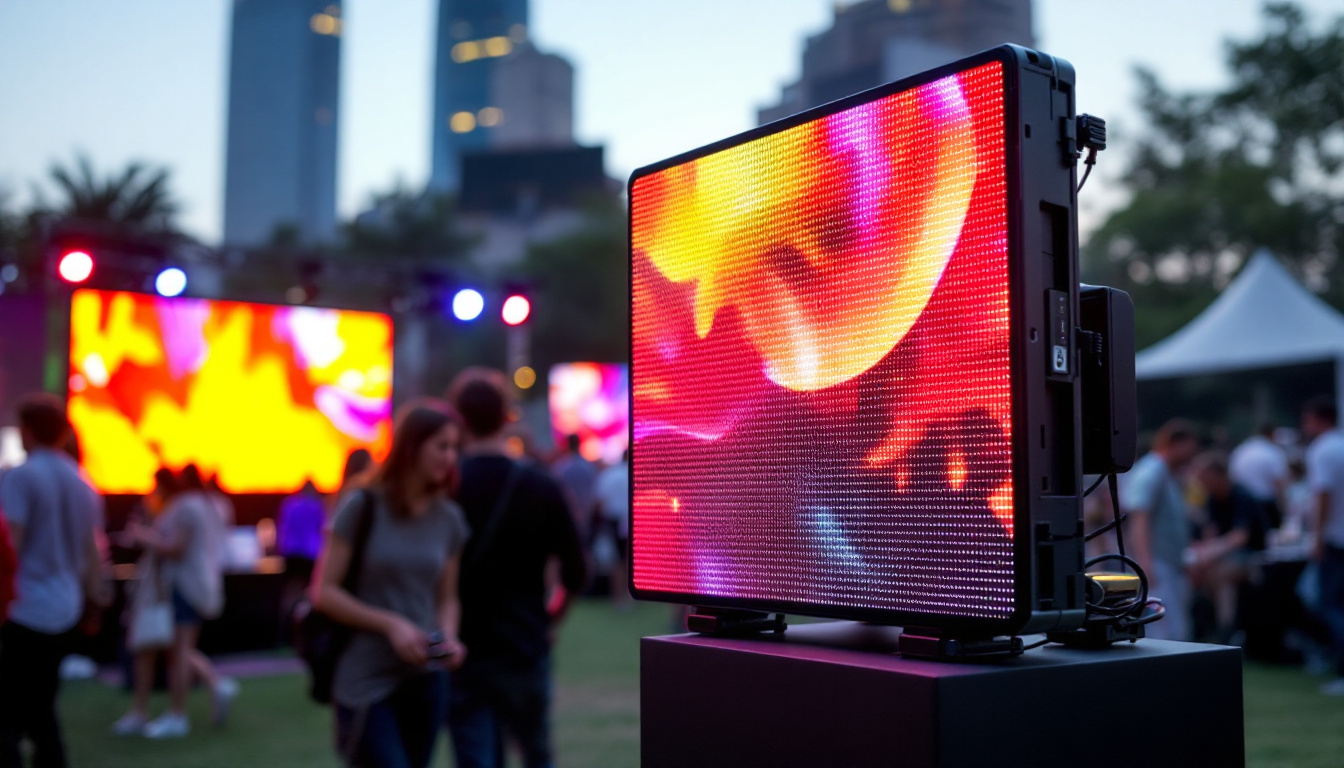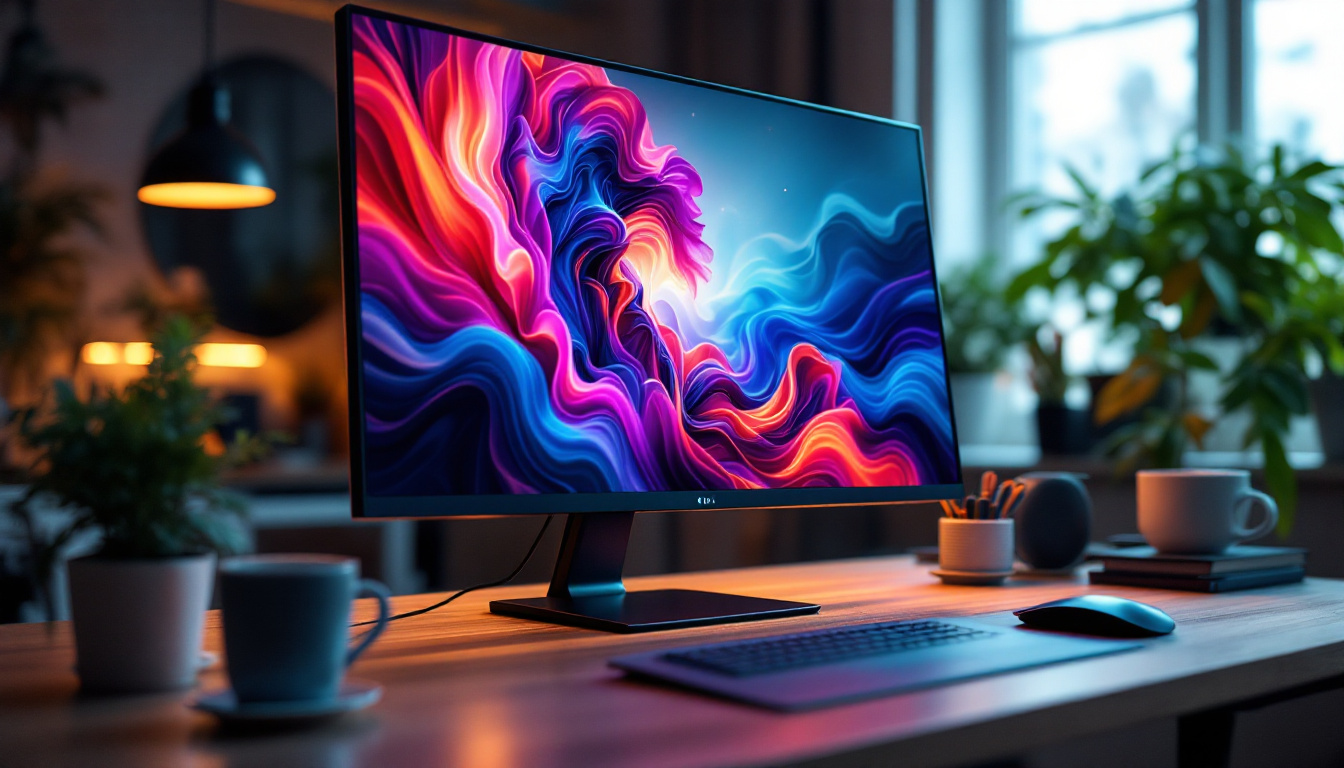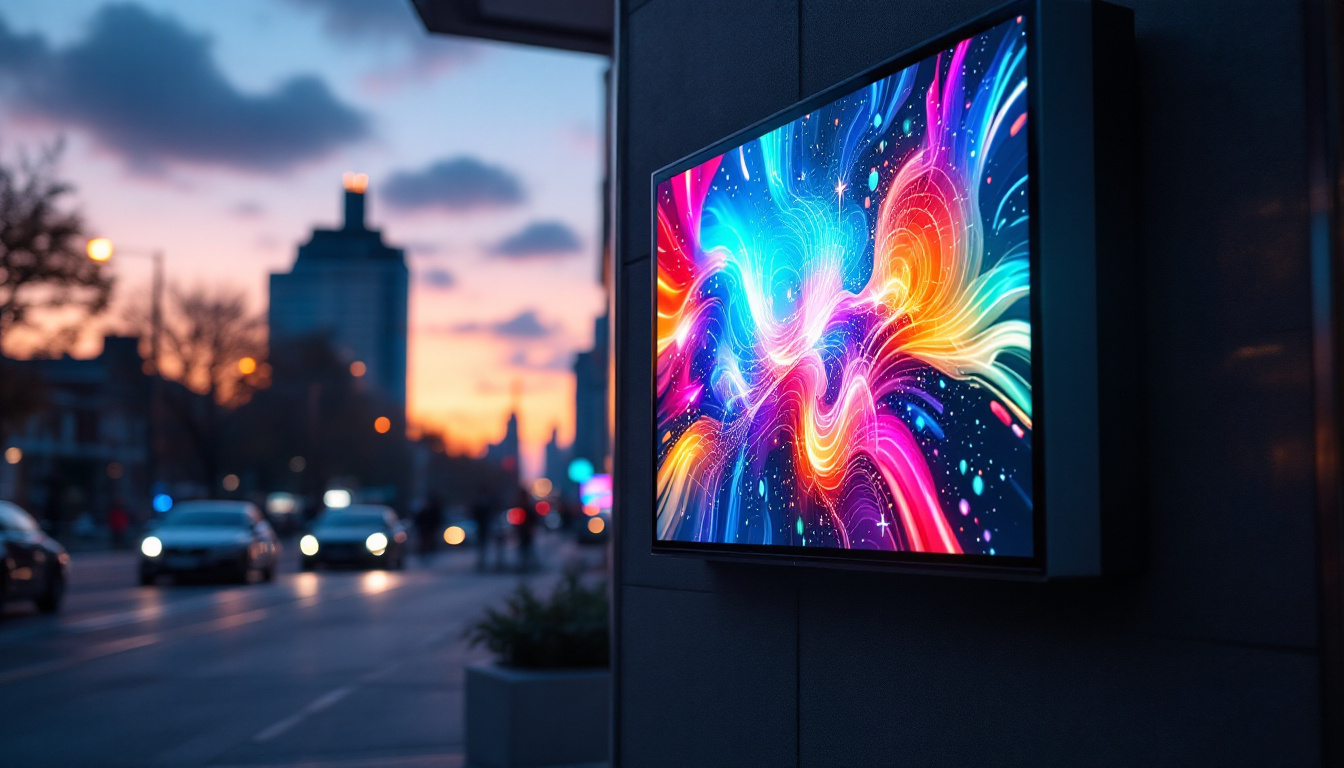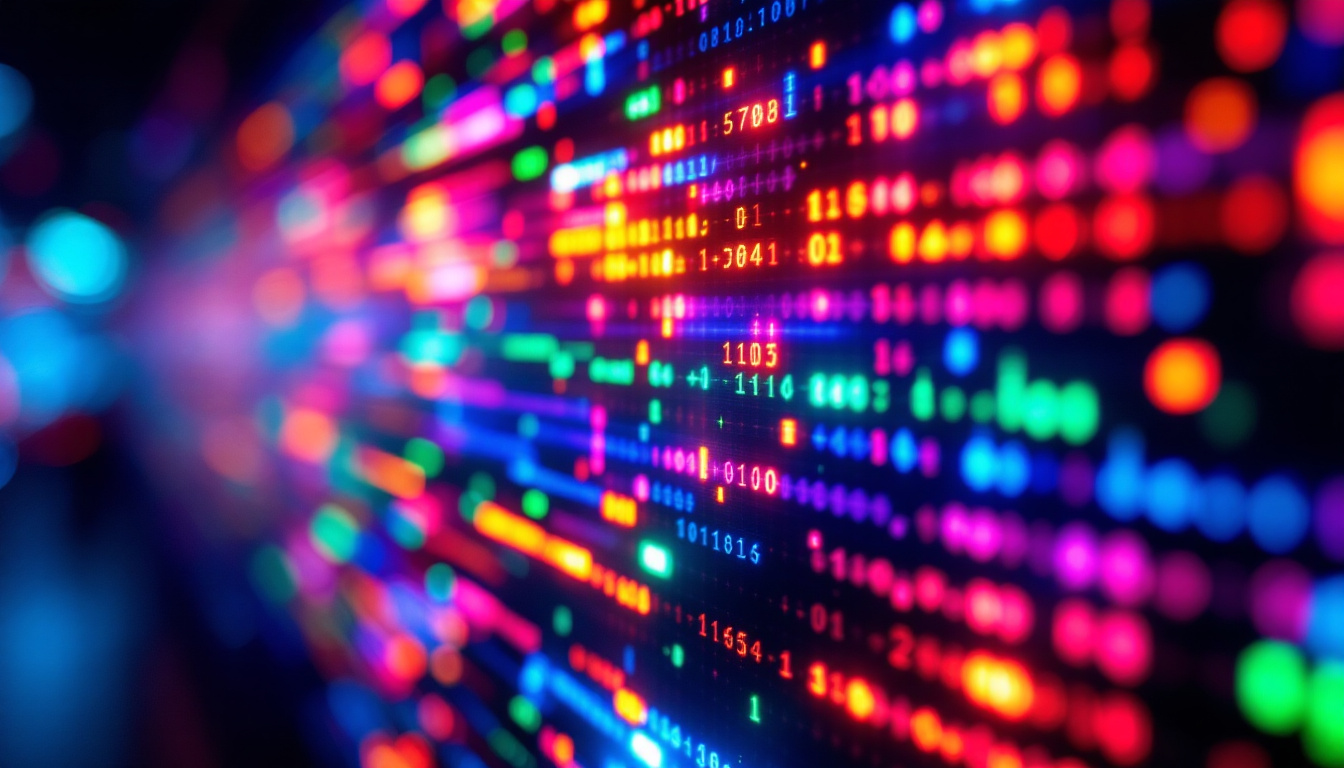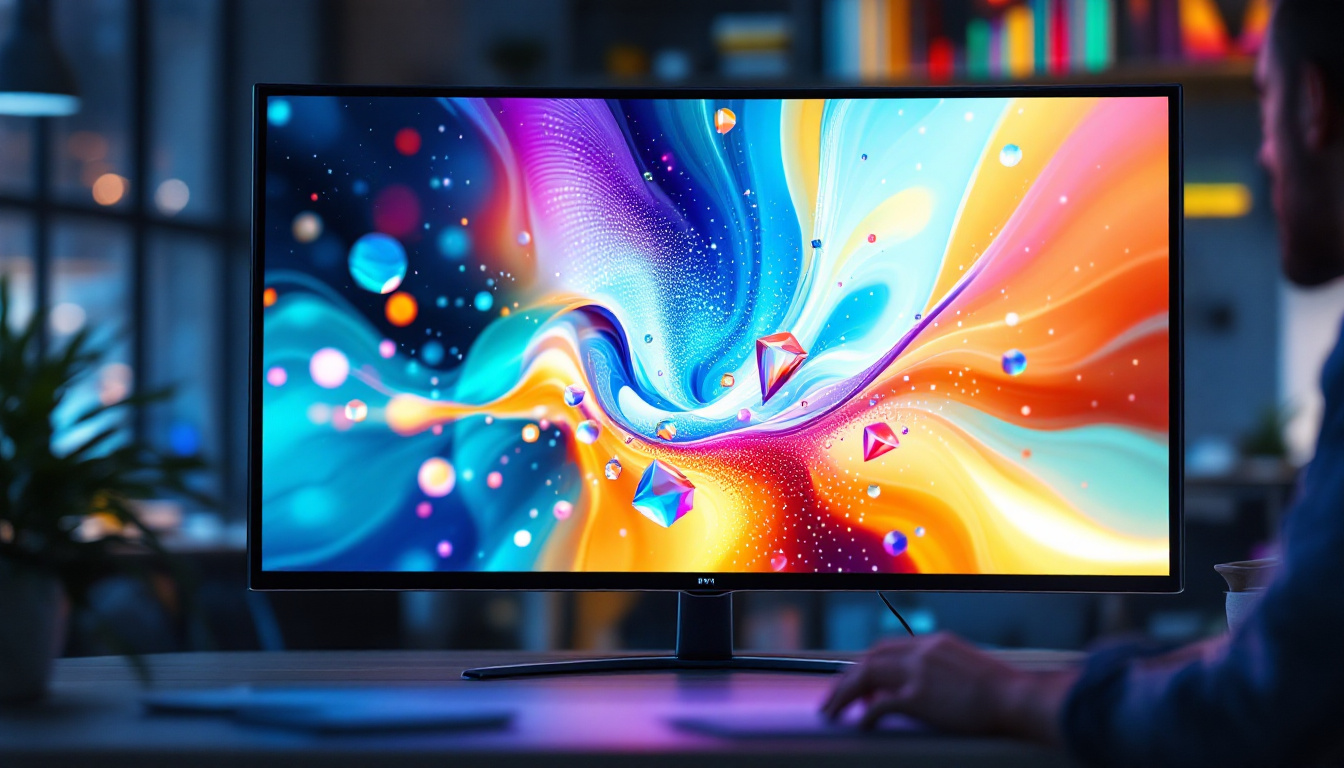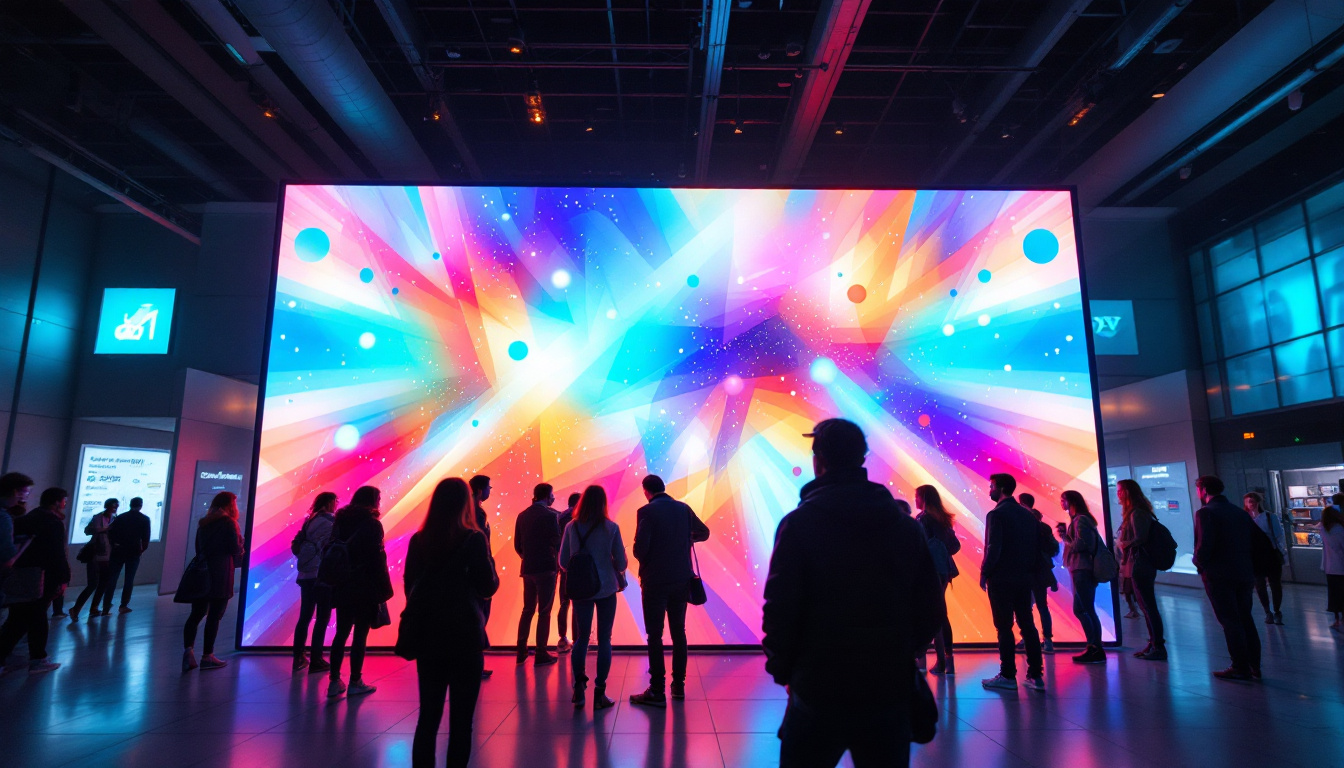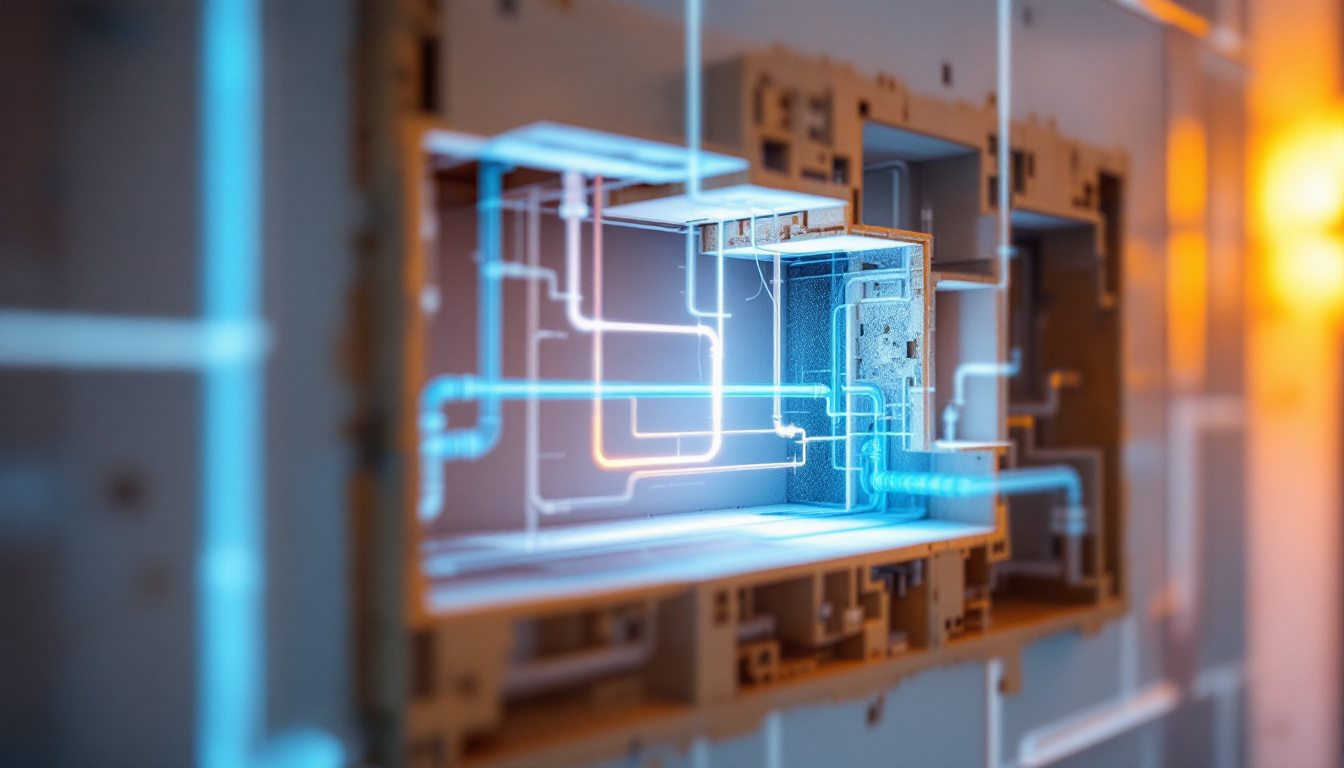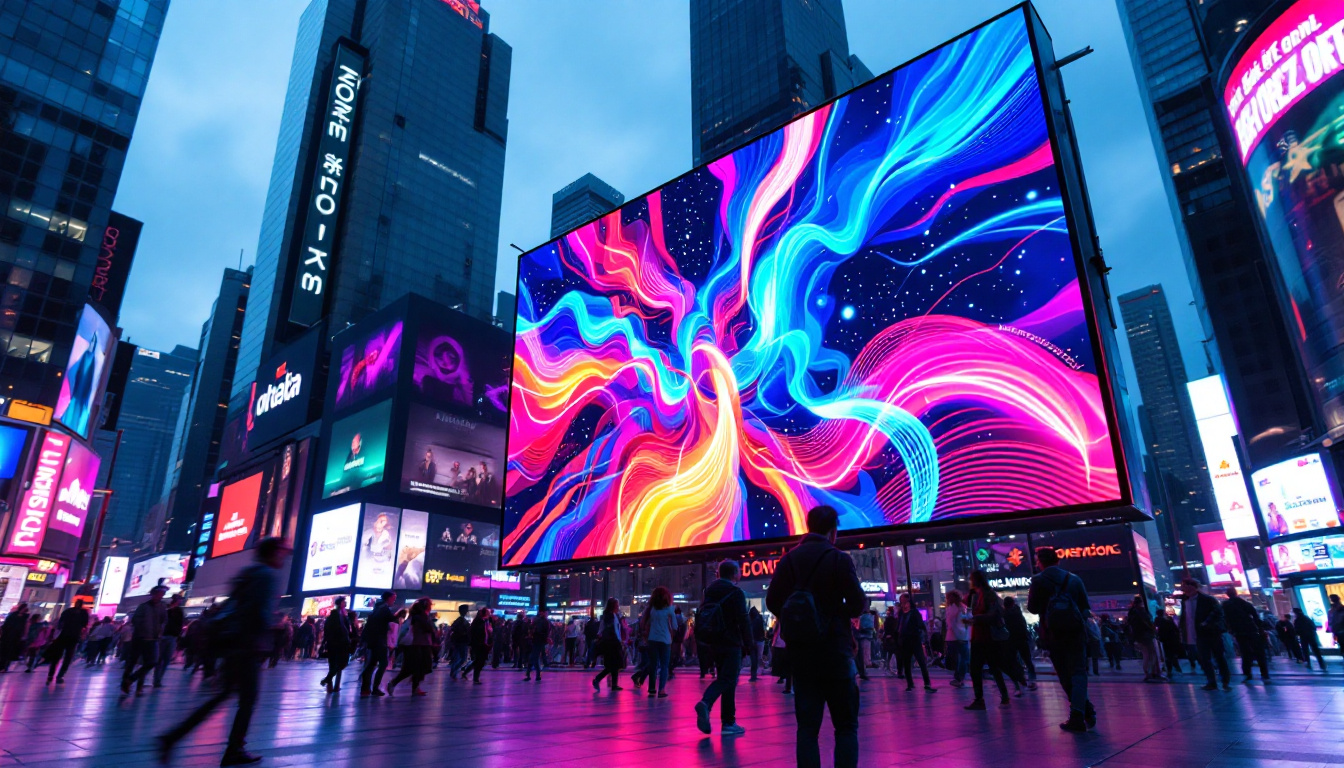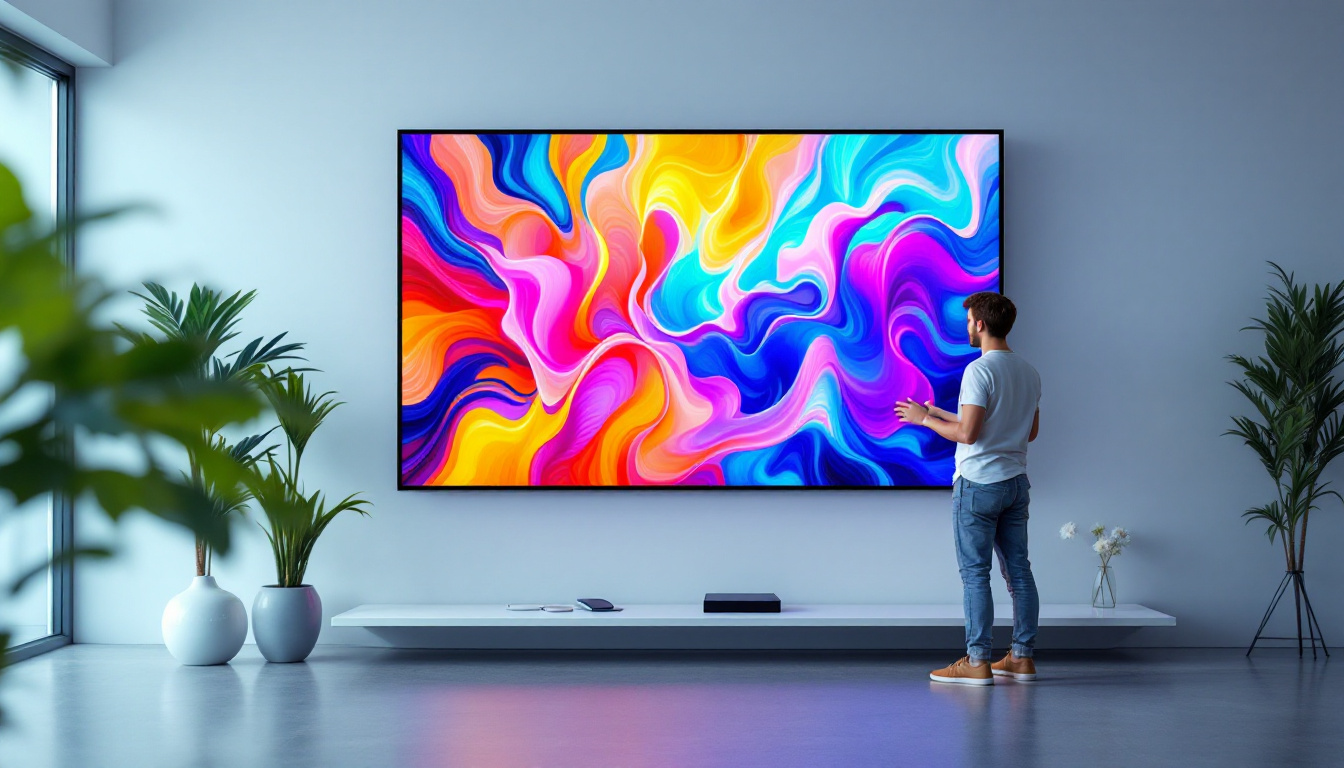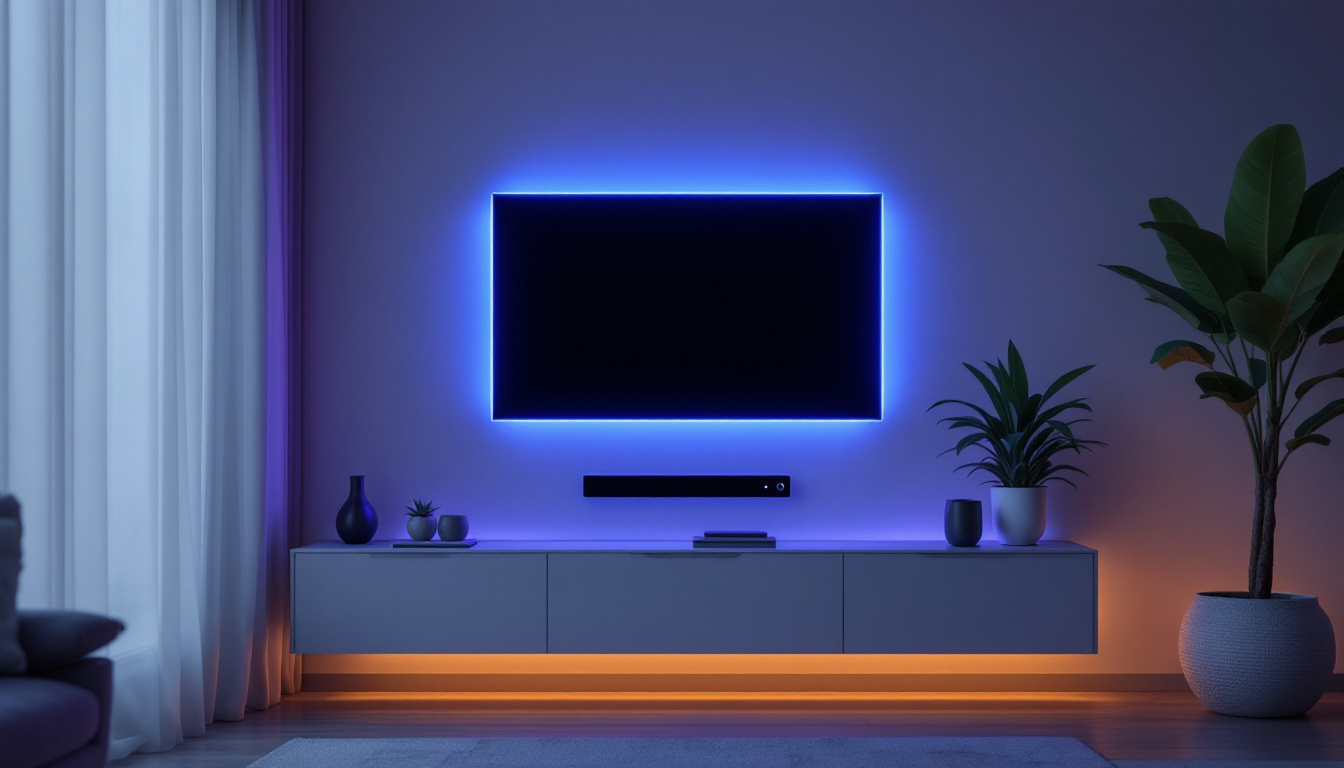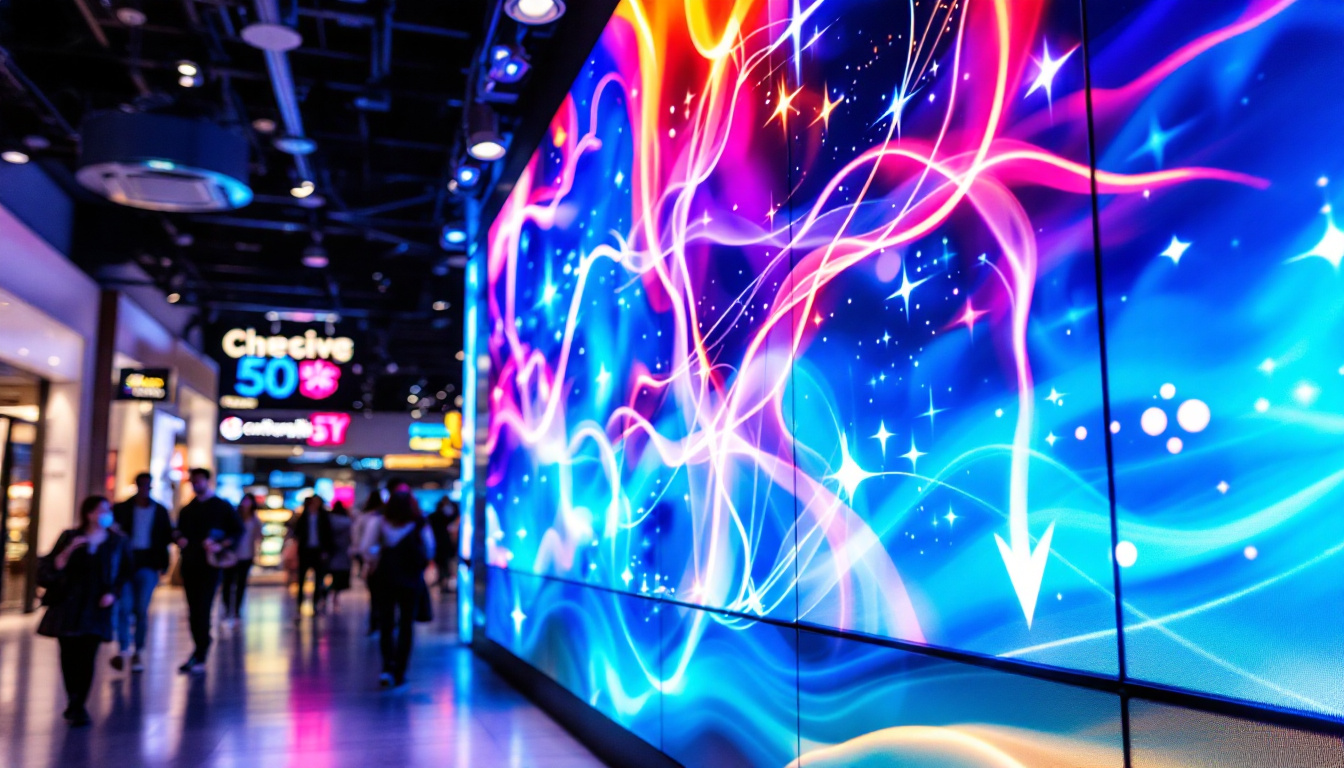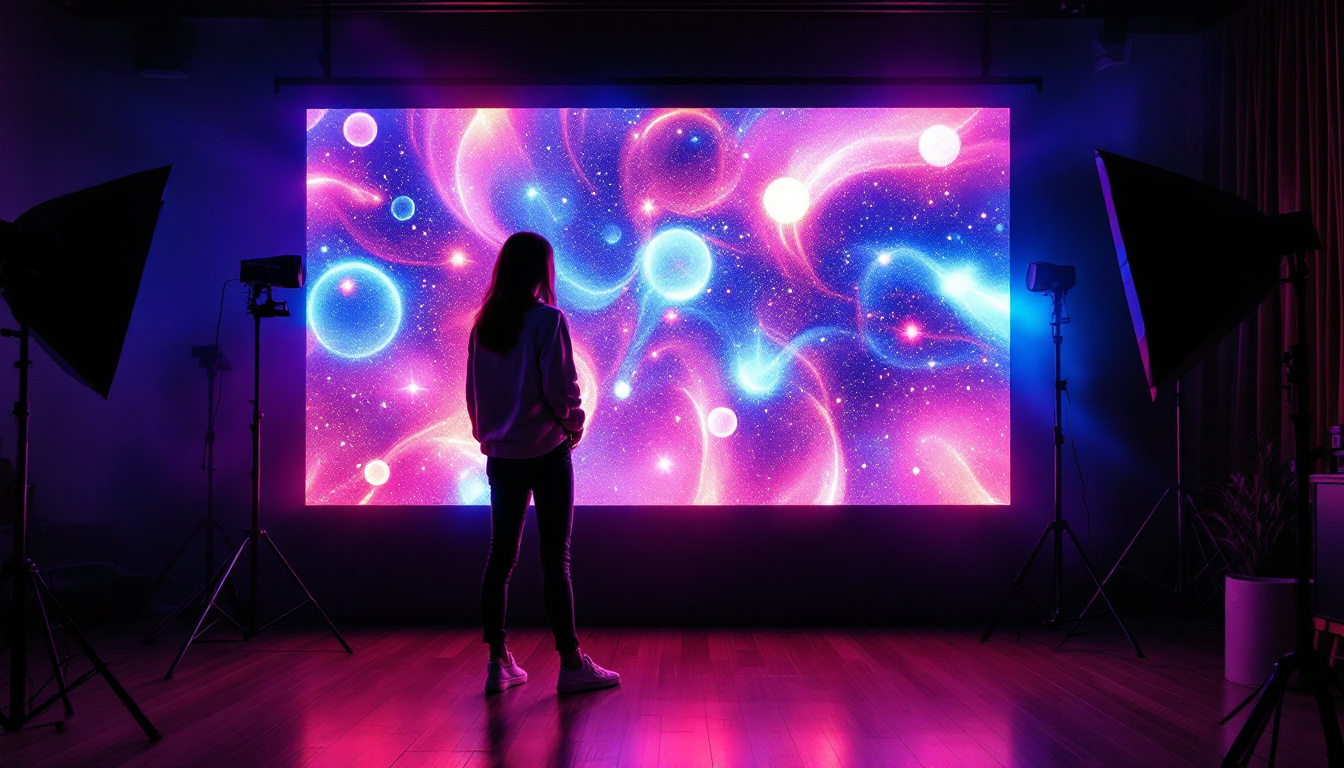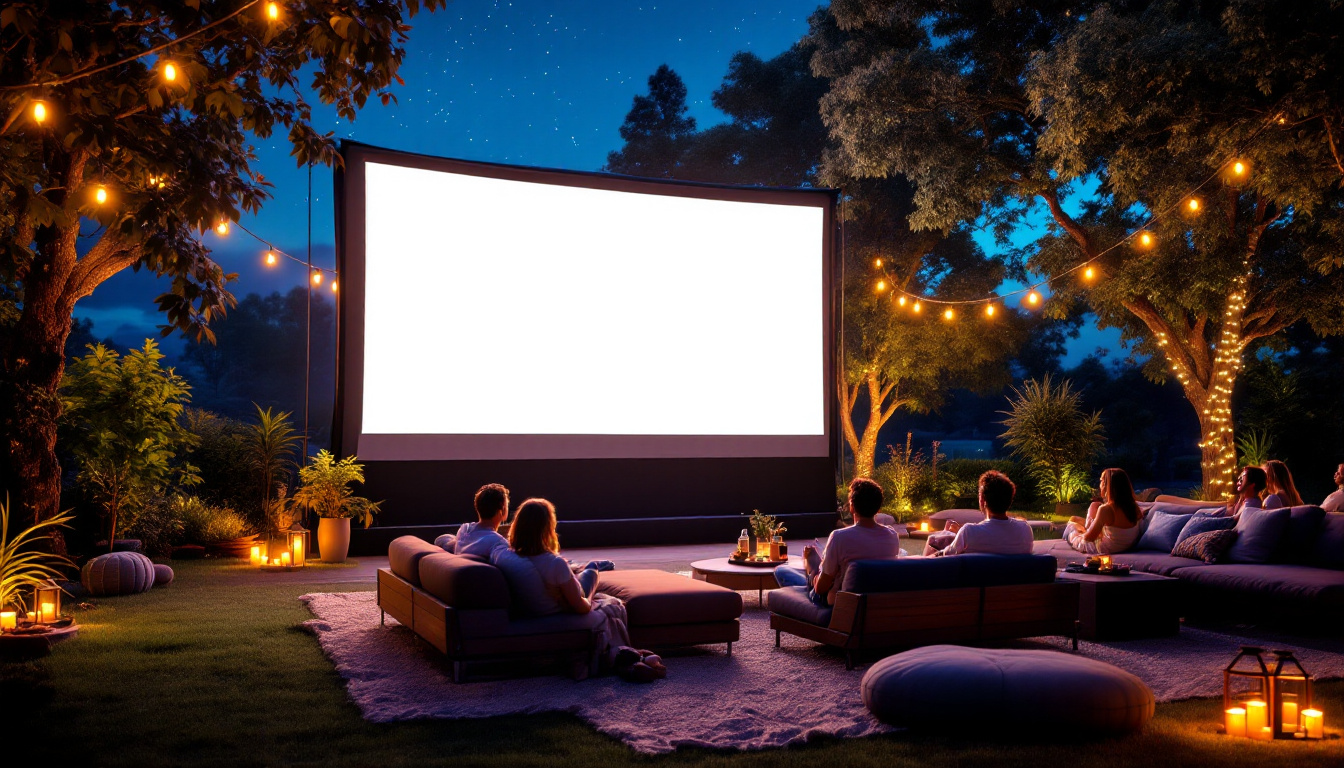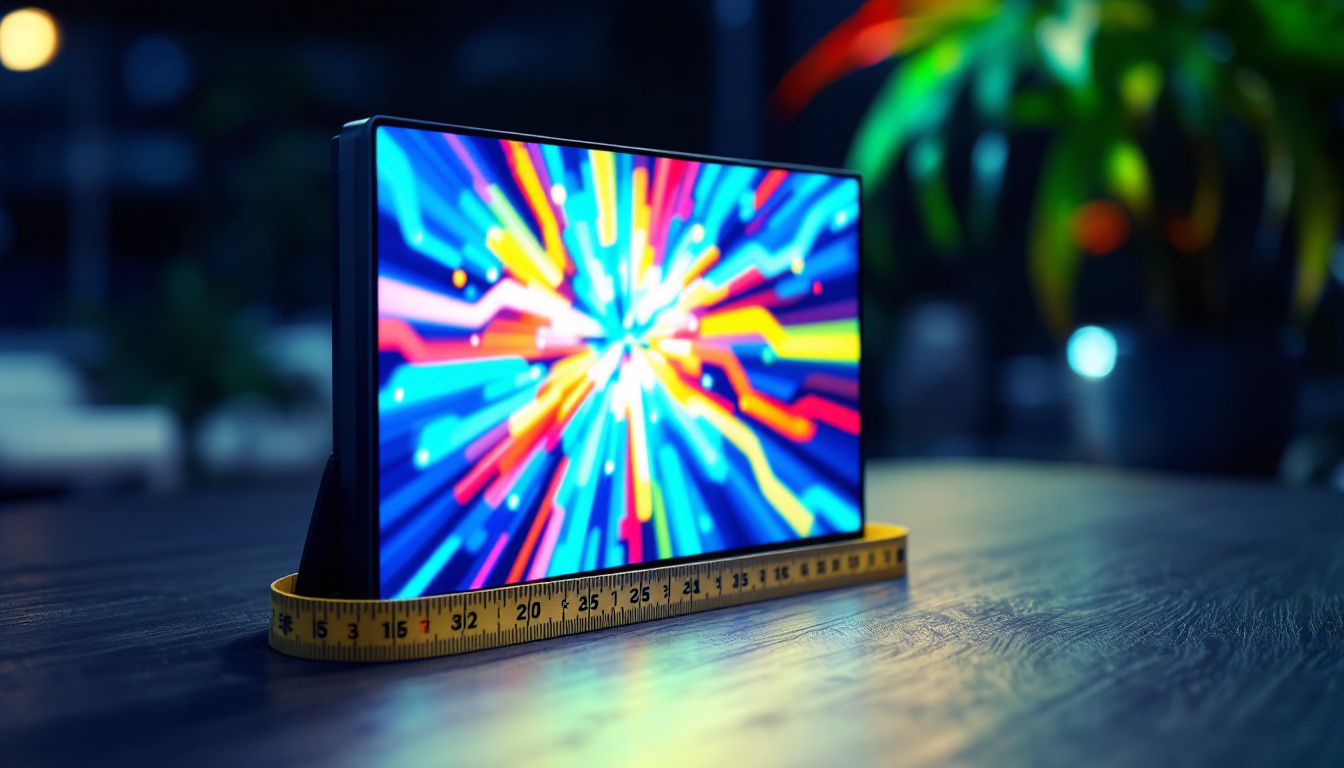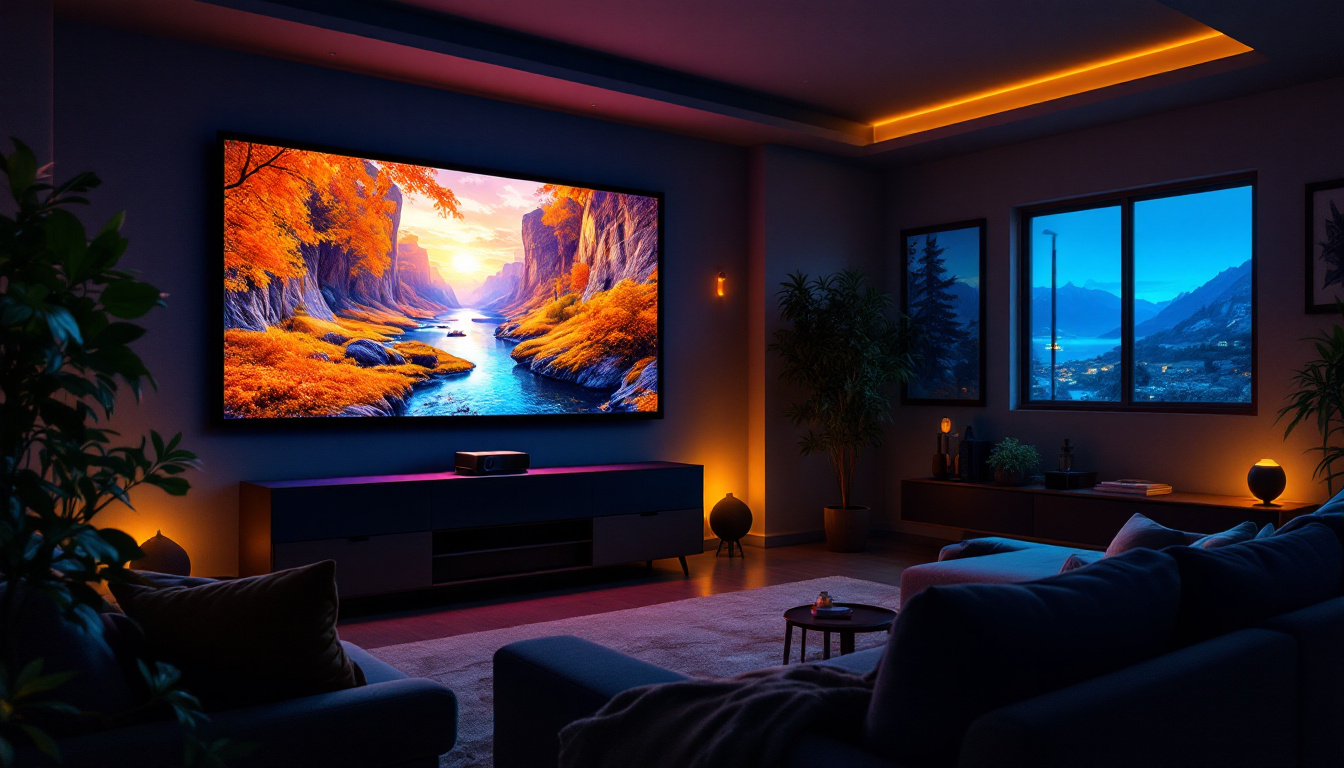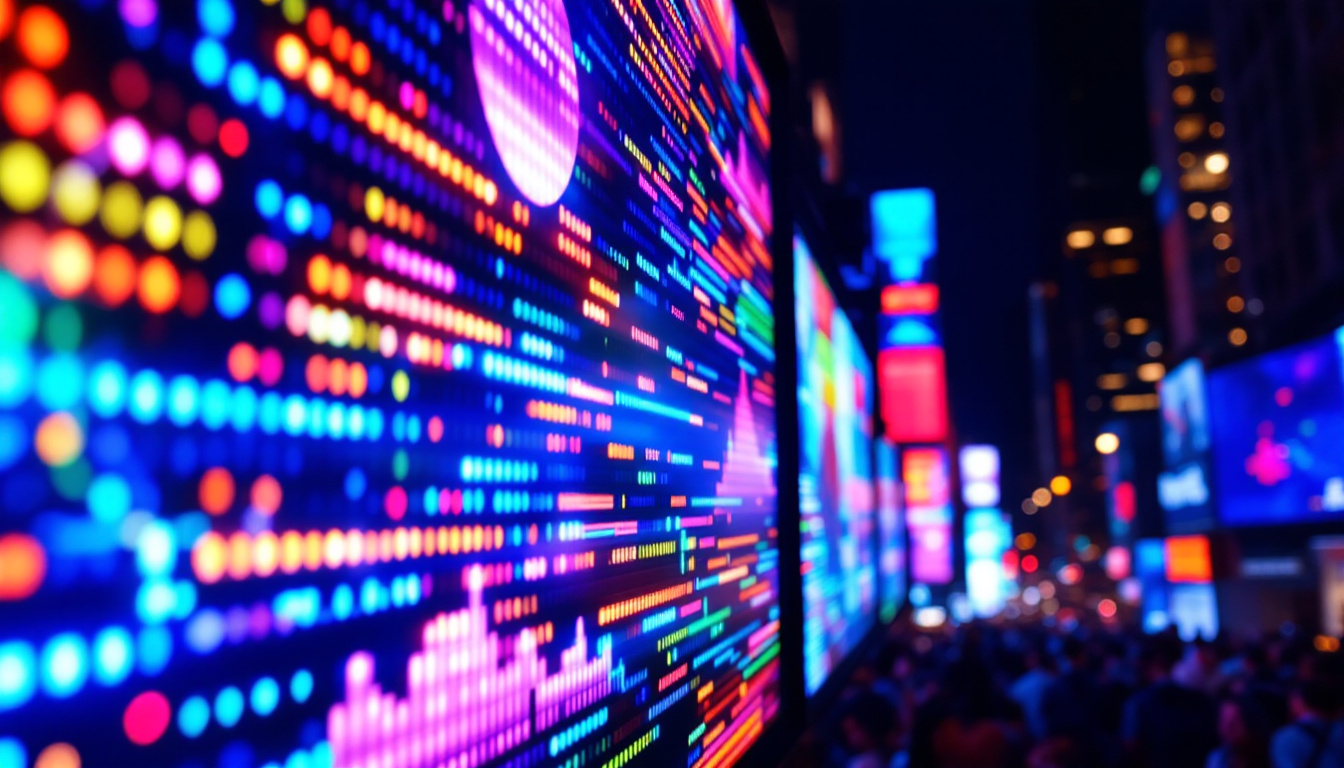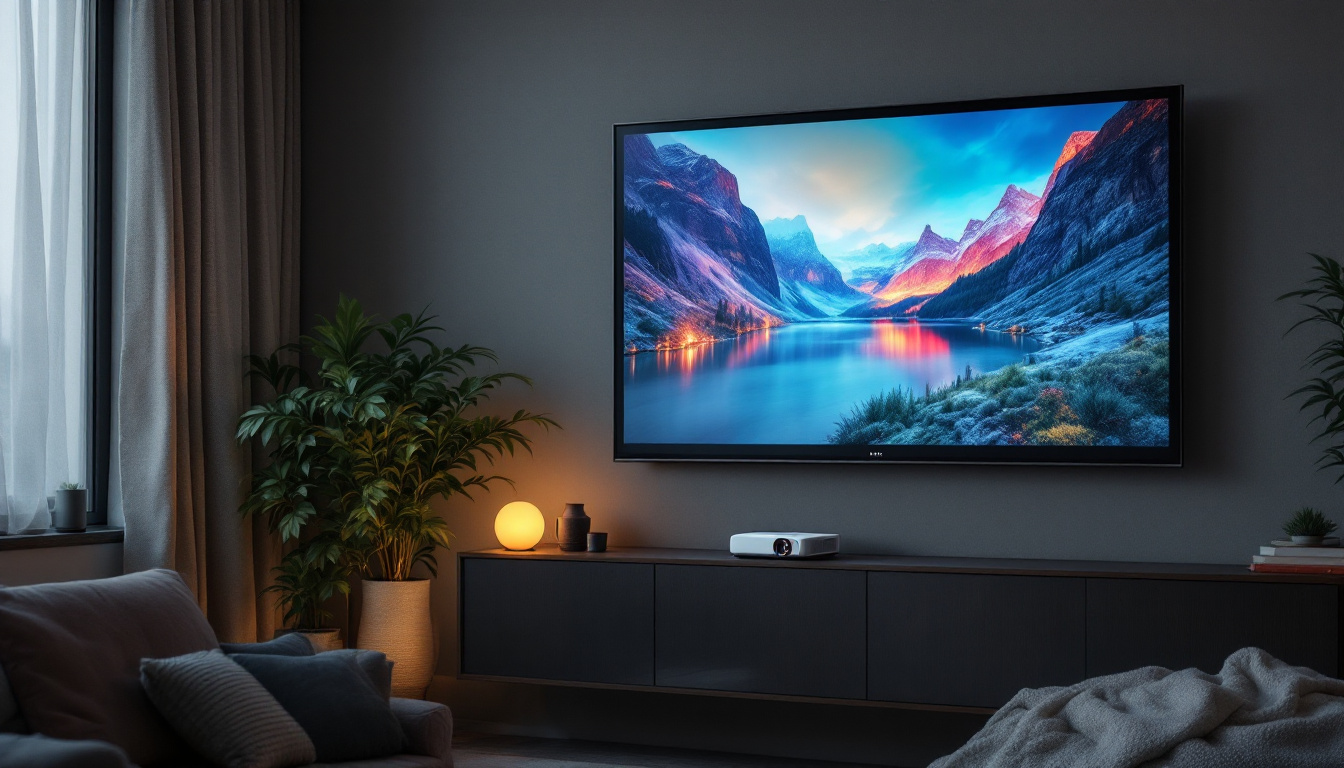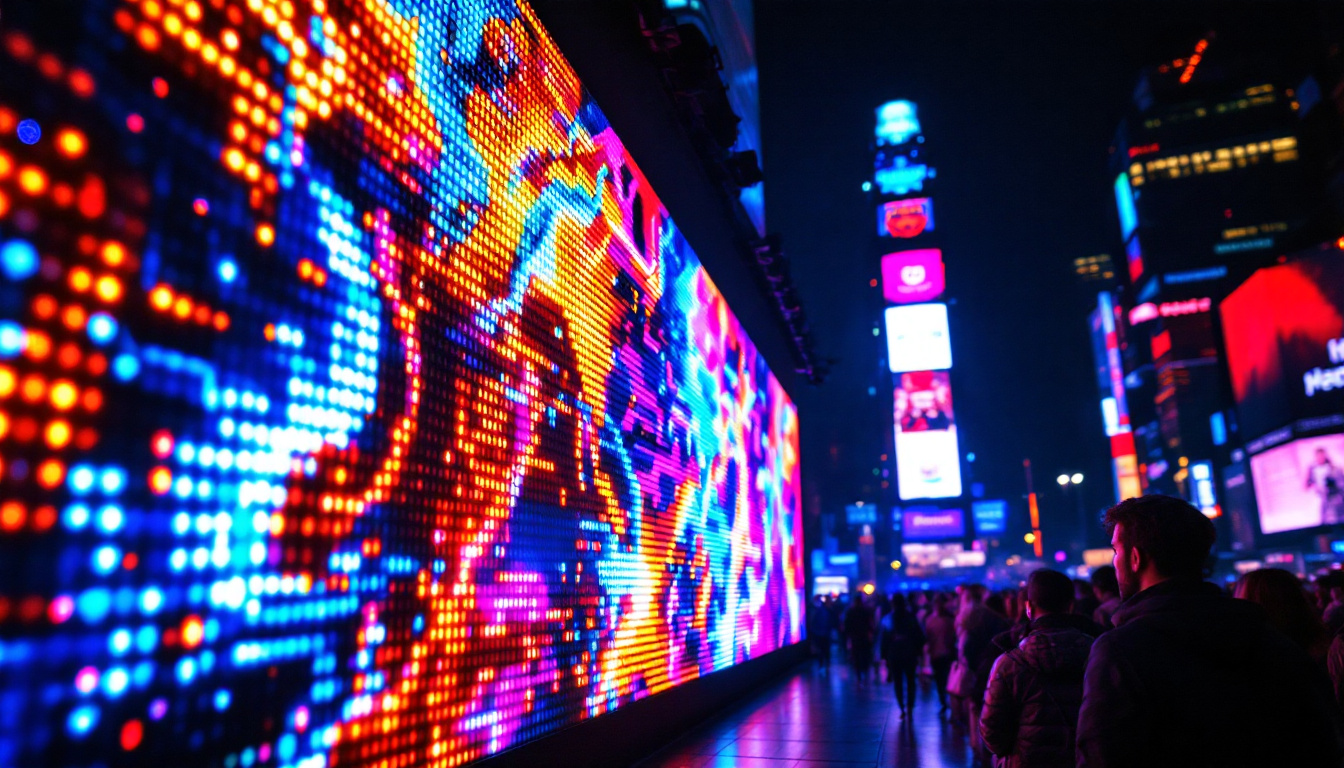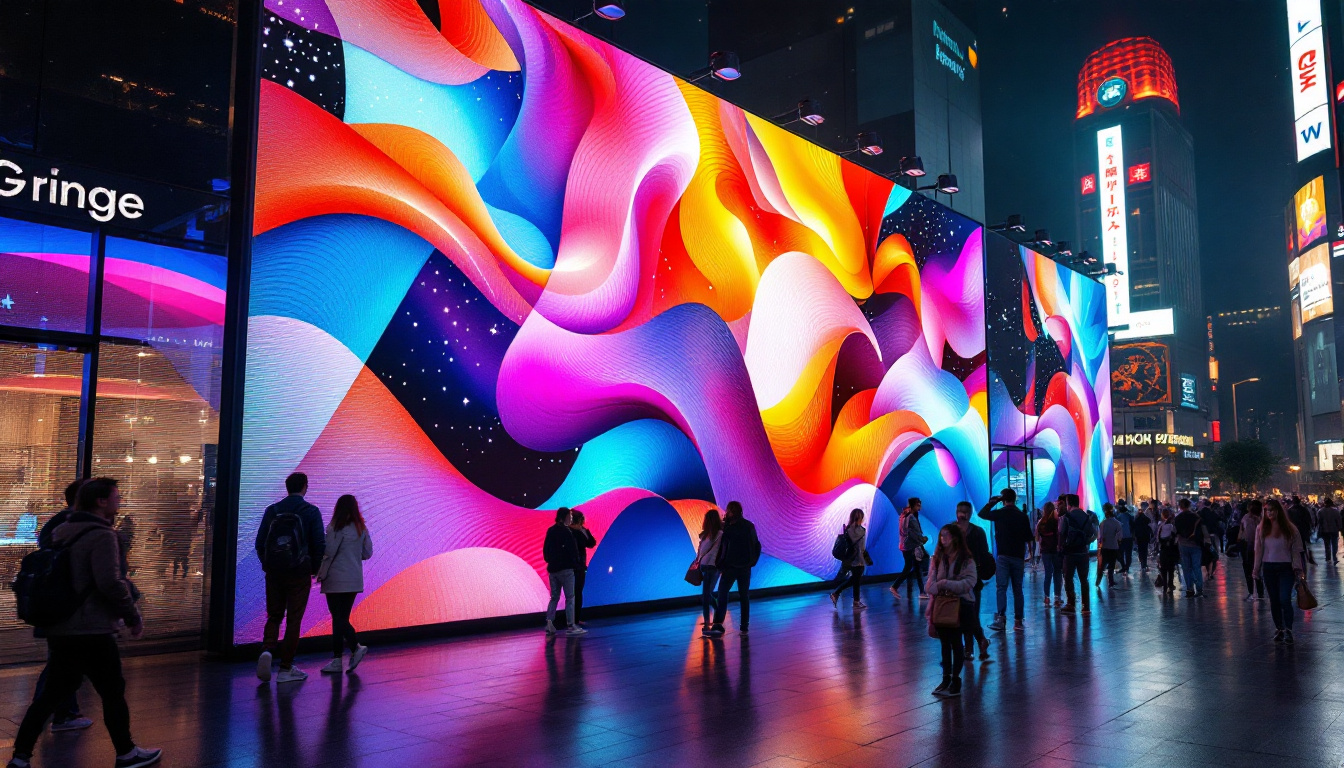In the world of modern technology, LED displays have become a ubiquitous part of our daily lives. From televisions to smartphones, these displays are known for their vibrant colors and energy efficiency. One Touch Tv.Web is at the forefront of this technology, offering insights and products that leverage the best of LED display innovations. This article delves into the intricacies of LED displays, exploring their technology, applications, and the future of visual technology.
Understanding LED Technology
Light Emitting Diodes (LEDs) are semiconductor devices that emit light when an electric current passes through them. This technology has revolutionized the way displays function, providing brighter images with lower energy consumption compared to traditional display technologies like LCD and CRT. The adoption of LEDs has not only enhanced visual experiences but has also contributed to significant energy savings, making them an environmentally friendly choice for consumers and manufacturers alike.
How LEDs Work
The basic principle behind LED technology lies in electroluminescence. When electrons recombine with holes in a semiconductor material, energy is released in the form of photons, producing light. This process is efficient, allowing for a wide range of colors and brightness levels. The combination of red, green, and blue (RGB) LEDs can create millions of colors, making them ideal for displays. Furthermore, advancements in LED technology have led to the development of high-brightness LEDs, which are capable of producing intense light output, suitable for both indoor and outdoor applications.
Additionally, the compact size of LEDs allows for thinner screens and more versatile designs. This is particularly beneficial for applications where space is a constraint, such as in mobile devices and sleek televisions. The durability of LEDs also plays a crucial role in their widespread use; they are less prone to breakage compared to traditional bulbs and can withstand a variety of environmental conditions, making them suitable for outdoor signage and lighting solutions.
Types of LED Displays
There are primarily two types of LED displays: Direct LED and Edge-Lit LED. Direct LED displays have LEDs placed directly behind the screen, providing uniform brightness and better contrast. In contrast, Edge-Lit LED displays have LEDs positioned around the edges, which can lead to thinner designs but may compromise on uniformity and contrast. This distinction is important for consumers to consider when selecting a display, as the choice can significantly affect the viewing experience, especially in brightly lit environments.
Another emerging technology is OLED (Organic LED), which offers even greater contrast and color accuracy by using organic compounds to emit light. While OLED is not technically an LED display, it shares many characteristics and is often compared to traditional LED technologies. OLED displays are known for their ability to produce true blacks, as they can turn off individual pixels completely, resulting in stunning visuals that are particularly appealing for movie enthusiasts and gamers. As the market continues to evolve, the competition between LED and OLED technologies is driving innovation, leading to even more advanced display options for consumers.
Applications of LED Displays
LED displays have found applications across various sectors, transforming how information is conveyed and consumed. Their versatility makes them suitable for everything from advertising to entertainment.
Advertising and Signage
One of the most prominent uses of LED displays is in advertising. Billboards and digital signage utilize LED technology to capture attention with bright, dynamic content. These displays can easily be updated with new advertisements, making them a cost-effective choice for businesses looking to reach a wider audience.
Moreover, the ability to display animations and videos enhances engagement, allowing brands to communicate their messages more effectively. The high brightness of LED displays ensures visibility even in direct sunlight, making them ideal for outdoor advertising. Additionally, LED displays can be programmed to change content based on time of day or audience demographics, allowing for targeted marketing strategies that maximize impact and relevance.
Furthermore, the integration of sensors and data analytics with LED displays can provide real-time feedback on viewer engagement, enabling advertisers to refine their campaigns based on measurable results. This interactive capability not only captivates passersby but also fosters a deeper connection between consumers and brands, paving the way for innovative advertising techniques that were previously unimaginable.
Television and Home Entertainment
In the realm of home entertainment, LED technology has significantly improved the viewing experience. Modern televisions equipped with LED displays offer stunning picture quality, with vibrant colors and deep blacks. Features like 4K resolution and HDR (High Dynamic Range) further enhance the visual experience, providing viewers with lifelike images.
Additionally, smart TVs powered by LED technology offer connectivity options that allow users to stream content from various platforms, creating a seamless entertainment experience. The integration of LED displays in gaming consoles also enhances the gaming experience, providing sharper graphics and faster response times. With advancements in LED technology, features such as variable refresh rates and low input lag have made gaming on LED displays more immersive than ever.
Moreover, the rise of OLED (Organic LED) technology has introduced even more possibilities for home entertainment, offering deeper blacks and wider viewing angles. As these technologies continue to evolve, consumers can expect even more innovative features that will redefine how they enjoy movies, shows, and games in the comfort of their homes.
Medical and Industrial Applications
Beyond entertainment and advertising, LED displays are utilized in medical settings for monitoring and diagnostics. High-resolution LED screens are used in imaging devices, ensuring that medical professionals can view detailed images for accurate assessments.
In industrial environments, LED displays are used for monitoring equipment and processes. Their durability and visibility make them ideal for harsh conditions, where traditional displays might fail. This reliability is crucial for maintaining safety and efficiency in industrial operations. LED displays are also employed in control rooms, where they provide real-time data visualization, enabling operators to make informed decisions quickly.
Furthermore, in the field of telemedicine, LED displays facilitate remote consultations by providing clear visuals for both patients and healthcare providers. This capability is particularly important in rural or underserved areas where access to specialists is limited. As the healthcare industry continues to embrace digital solutions, the role of LED displays will likely expand, enhancing patient care and operational efficiency across various medical disciplines.
Advantages of LED Displays
The advantages of LED displays extend beyond their applications. They offer numerous benefits that make them a preferred choice for both consumers and businesses.
Energy Efficiency
One of the most significant advantages of LED displays is their energy efficiency. Compared to traditional display technologies, LEDs consume significantly less power, leading to lower electricity bills and reduced environmental impact. This efficiency is particularly important in large installations, such as stadiums or shopping malls, where multiple displays are used.
Longevity and Durability
LED displays are known for their longevity, often lasting over 50,000 hours of use. This durability translates to lower maintenance costs, as replacements are less frequent. Additionally, LEDs are more resistant to shock and vibration, making them suitable for a variety of environments.
Color Quality and Brightness
The color quality of LED displays is another significant advantage. With the ability to produce a wide color gamut, LEDs can display more vibrant and accurate colors compared to other technologies. Their brightness levels also allow for clear visibility in various lighting conditions, making them versatile for both indoor and outdoor use.
Challenges and Considerations
While LED displays offer numerous benefits, there are also challenges and considerations that users should be aware of. Understanding these factors can help in making informed decisions when investing in LED technology.
Cost of Implementation
Although the prices of LED displays have decreased over the years, the initial investment can still be significant, especially for large-scale installations. Businesses must weigh the upfront costs against the long-term savings in energy and maintenance to determine the overall value.
Heat Generation
LED displays generate heat during operation, which can be a concern in certain applications. Proper heat management is essential to ensure the longevity and performance of the display. This may involve additional cooling systems, which can add to the overall cost of ownership.
Viewing Angles
While LED displays offer excellent brightness and color quality, their viewing angles can sometimes be limited. Users may experience color distortion or reduced brightness when viewing the screen from extreme angles. This is particularly relevant for applications where multiple viewers are present, such as in a conference room or public display.
The Future of LED Displays
The future of LED display technology looks promising, with ongoing advancements that are set to redefine the industry. As technology evolves, new innovations are expected to enhance performance and expand applications.
MicroLED Technology
MicroLED is an emerging technology that promises to take LED displays to the next level. By using microscopic LEDs, this technology can create displays with even higher resolution and better contrast ratios. MicroLED displays are also expected to be more energy-efficient and durable than traditional LED displays.
As manufacturers invest in research and development, MicroLED technology could soon become mainstream, offering consumers and businesses an even better visual experience.
Integration with Smart Technologies
The integration of LED displays with smart technologies is another trend that is gaining traction. As the Internet of Things (IoT) continues to expand, LED displays are expected to become more interactive and connected. This could lead to personalized advertising, real-time information updates, and enhanced user experiences.
Environmental Considerations
As sustainability becomes a priority for many industries, LED technology is also evolving to meet environmental standards. Innovations in materials and manufacturing processes are being explored to reduce the carbon footprint of LED displays. This shift towards eco-friendly practices will likely play a significant role in the future of display technology.
Conclusion
LED displays have transformed the way we interact with visual technology, offering vibrant colors, energy efficiency, and versatility across various applications. As One Touch Tv.Web continues to explore and innovate within this space, it is clear that LED technology will remain a cornerstone of modern displays.
Understanding the fundamentals of LED technology, its applications, advantages, and future trends is essential for anyone looking to invest in display technology. As advancements continue to emerge, the potential for LED displays is boundless, promising an exciting future for both consumers and businesses alike.
Discover the Future of Visual Technology with LumenMatrix
As you’ve seen, LED displays are reshaping our visual interactions with unparalleled vibrancy and efficiency. If you’re inspired to elevate your visual communication, look no further than LumenMatrix. As a pioneer in LED display technology, LumenMatrix offers a comprehensive range of solutions, from Indoor and Outdoor LED Wall Displays to innovative LED Transparent Displays. Each product is designed to captivate and engage, ensuring your message resonates with clarity and impact. Check out LumenMatrix LED Display Solutions today and join the revolution in visual storytelling.

